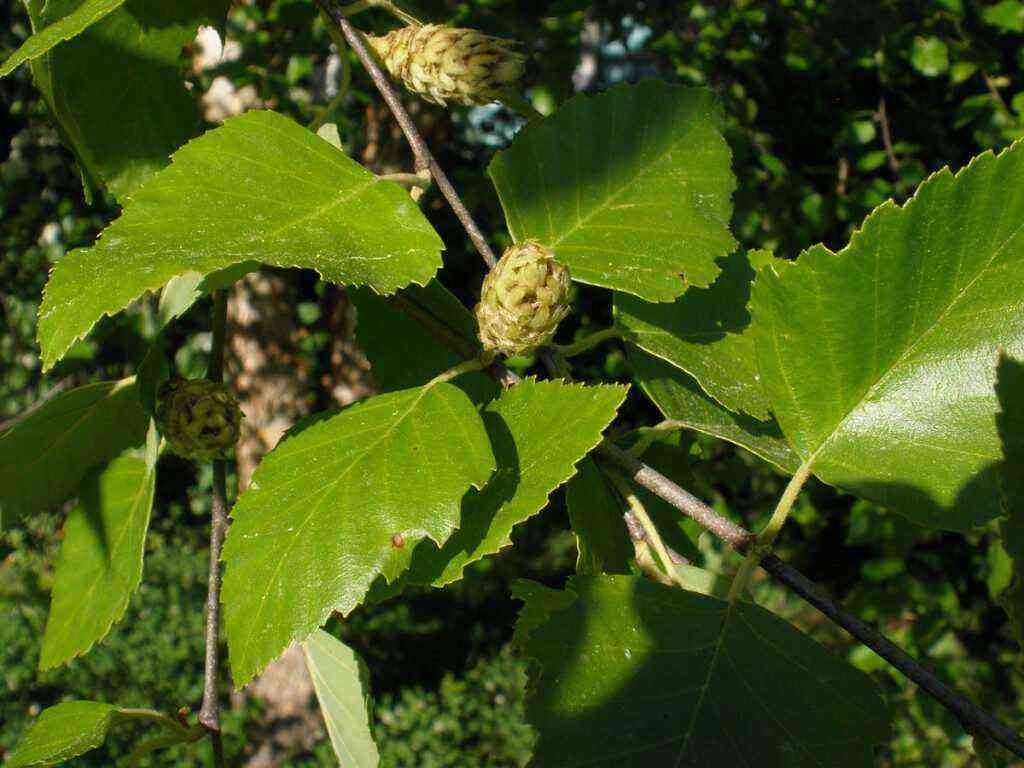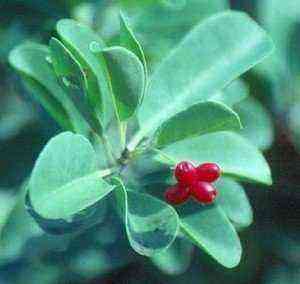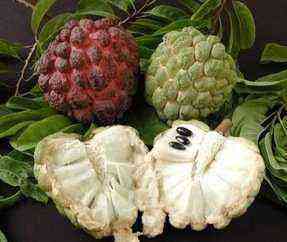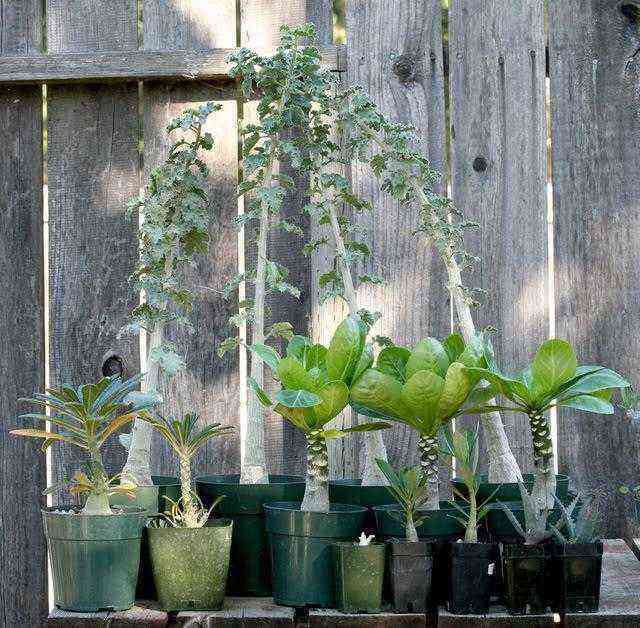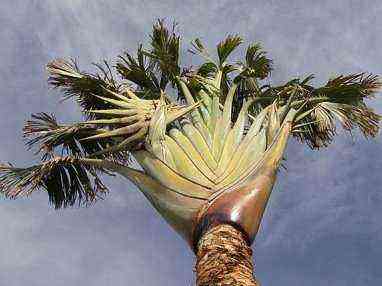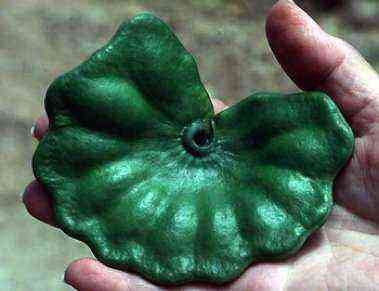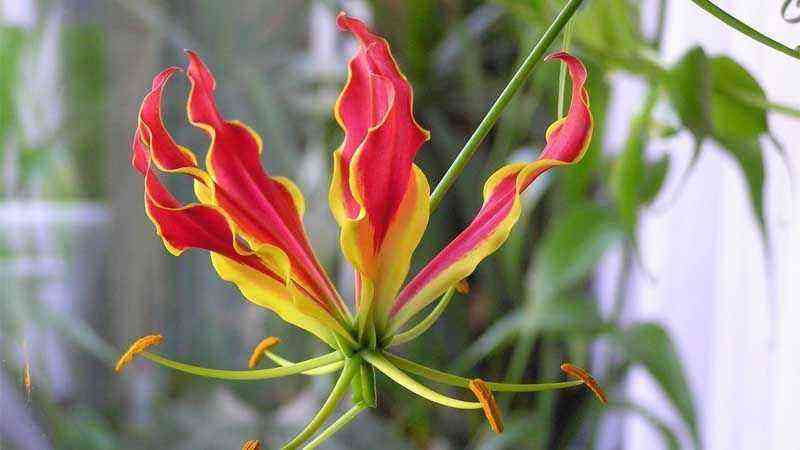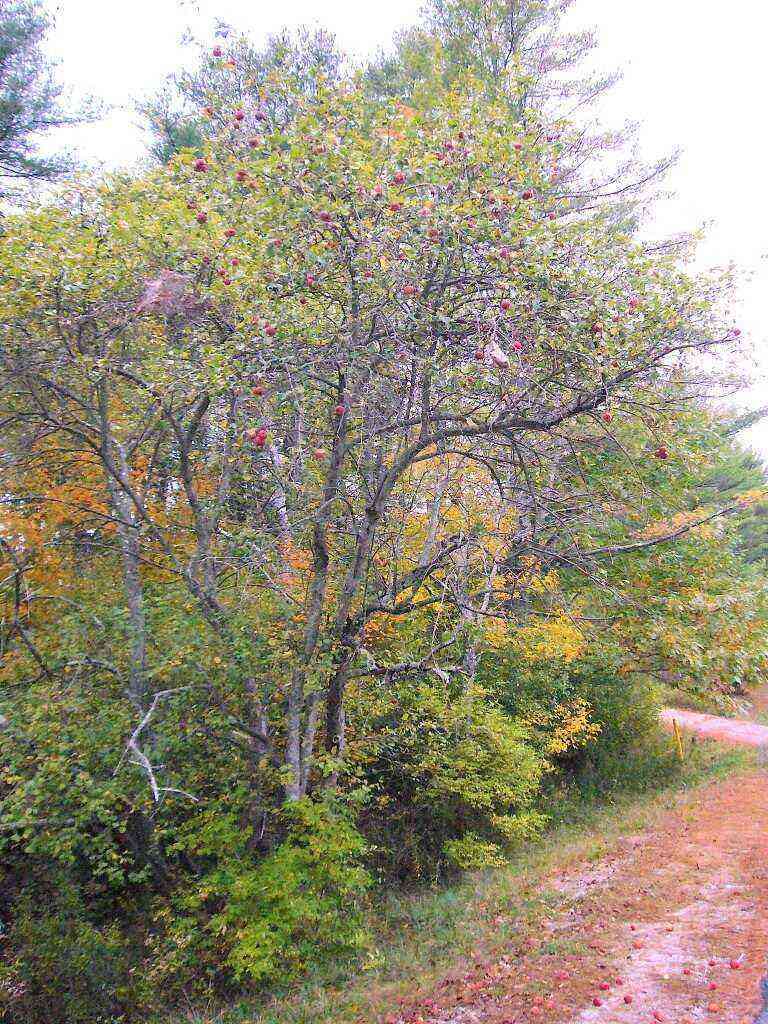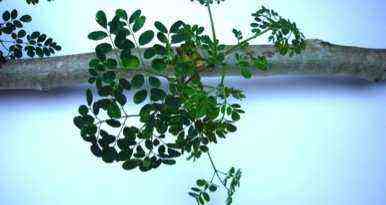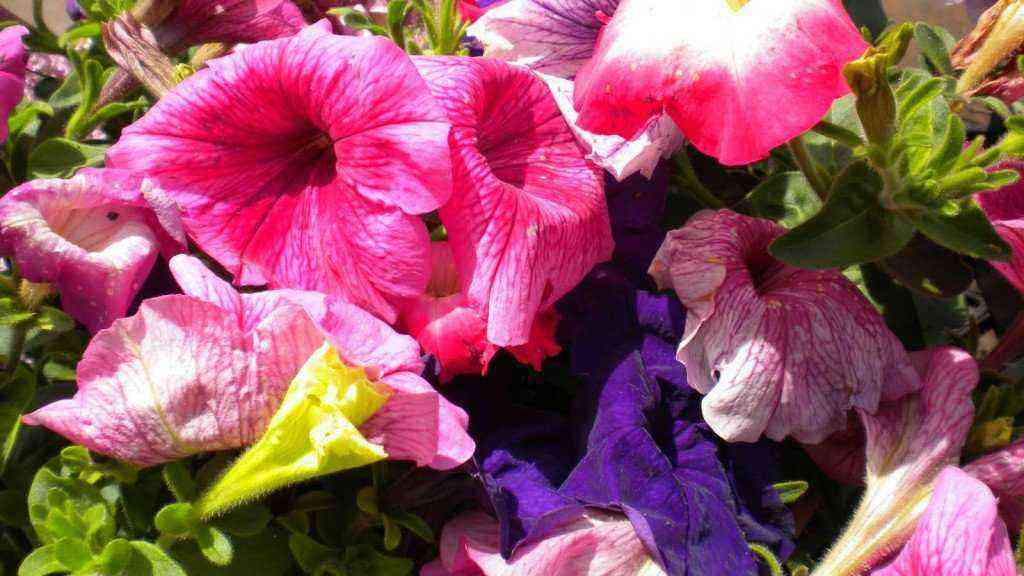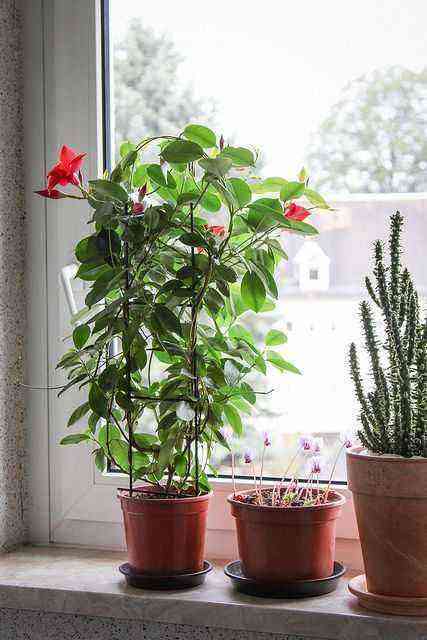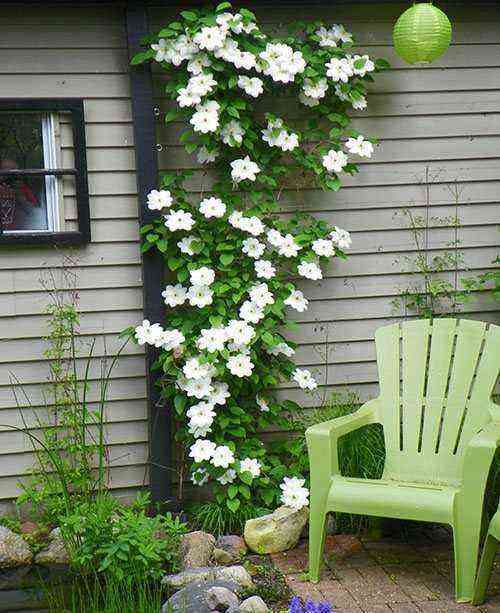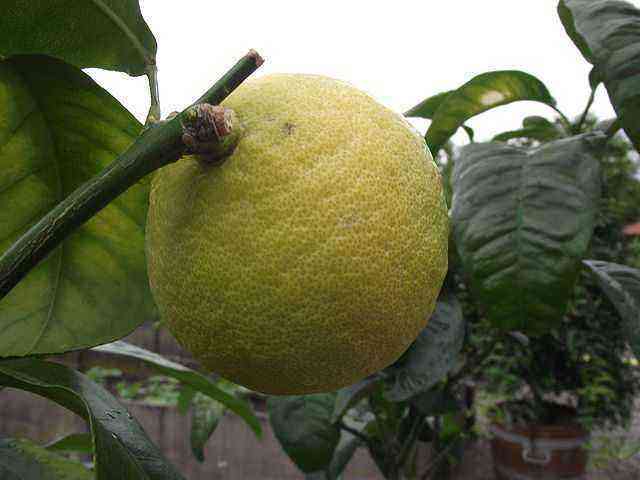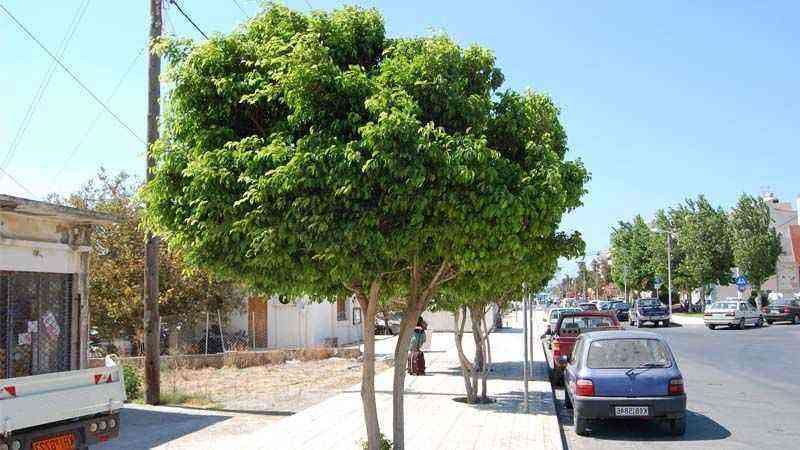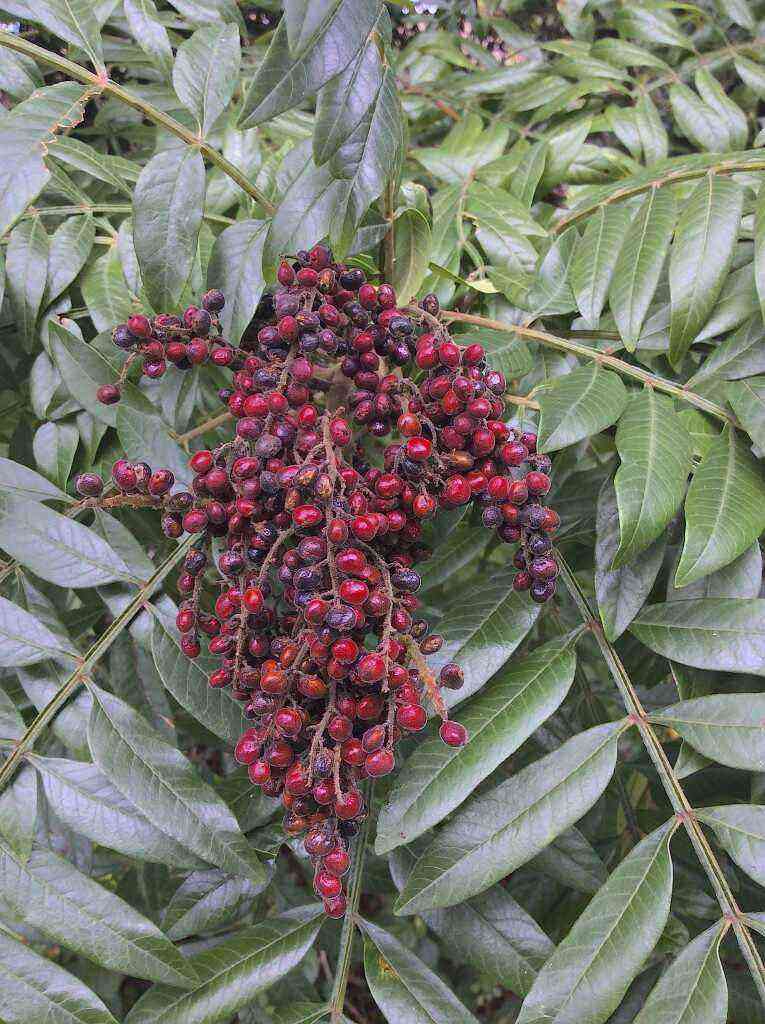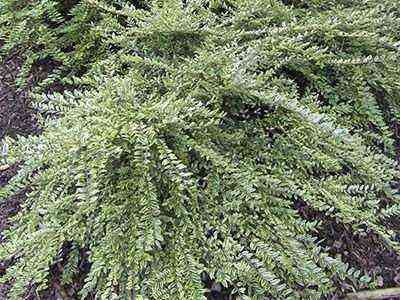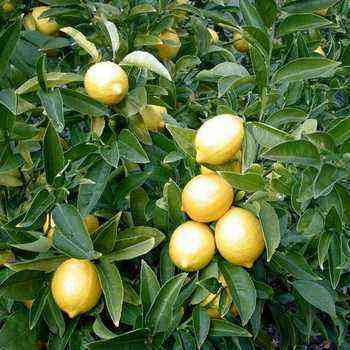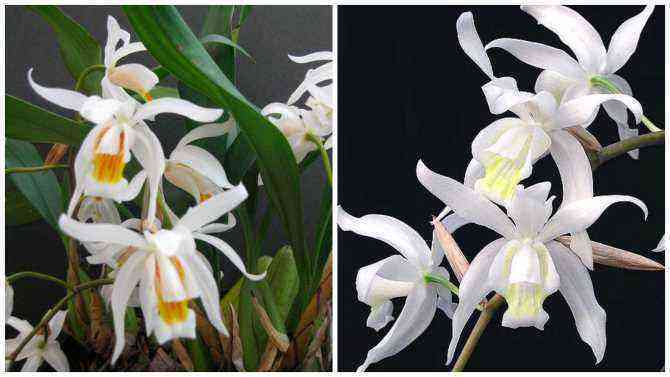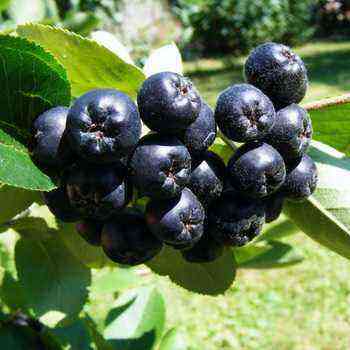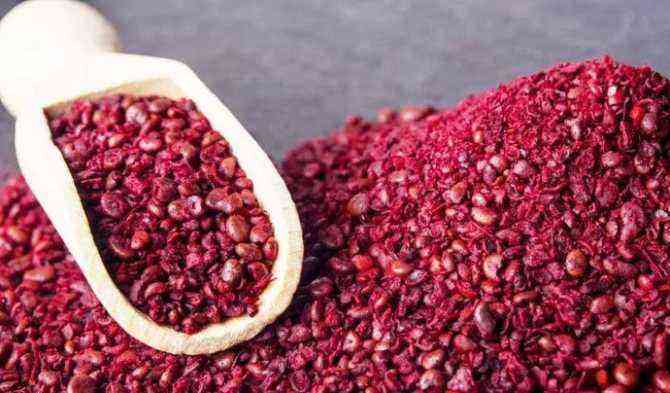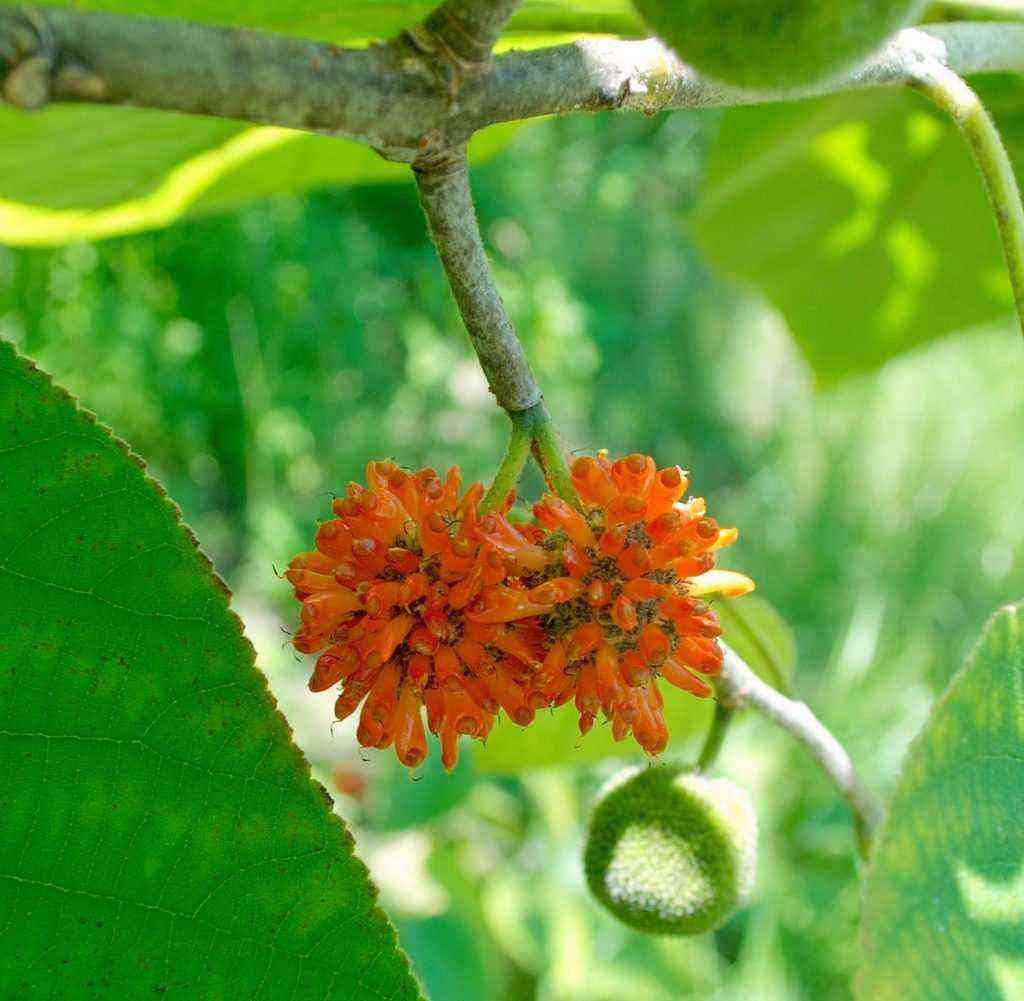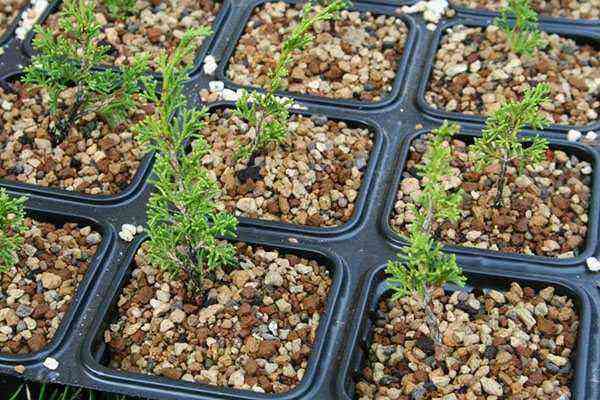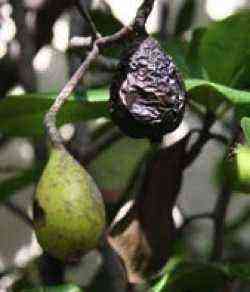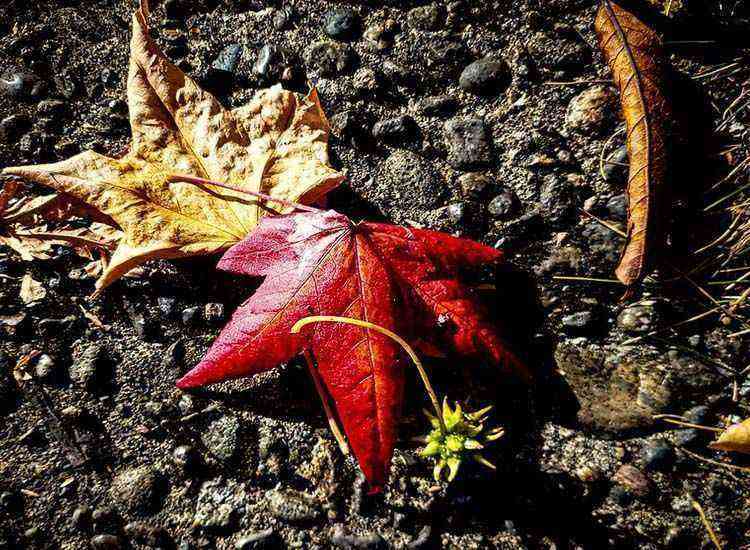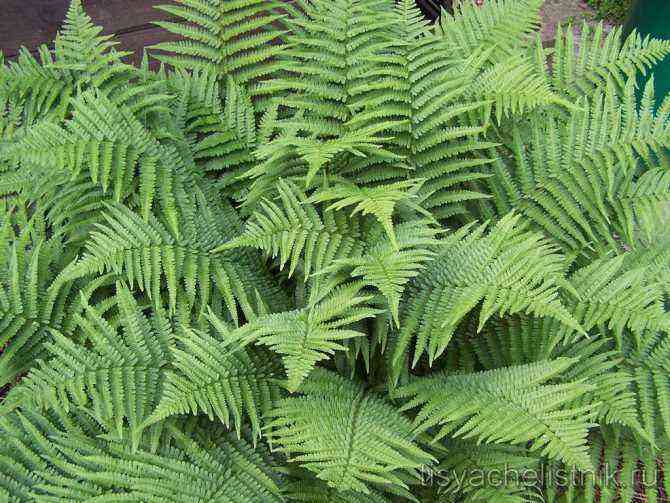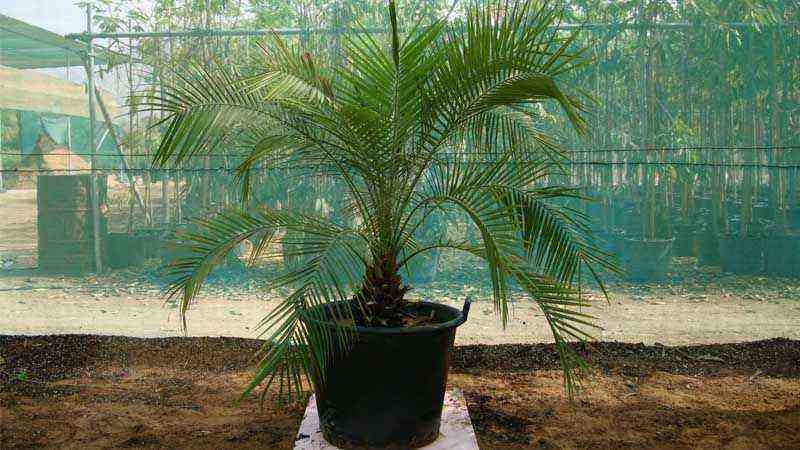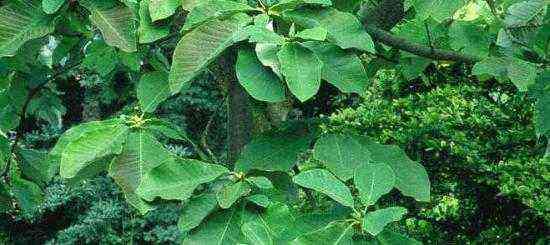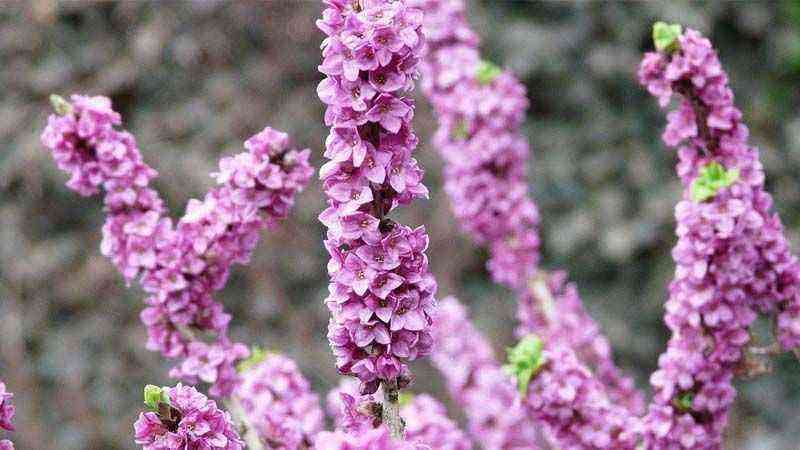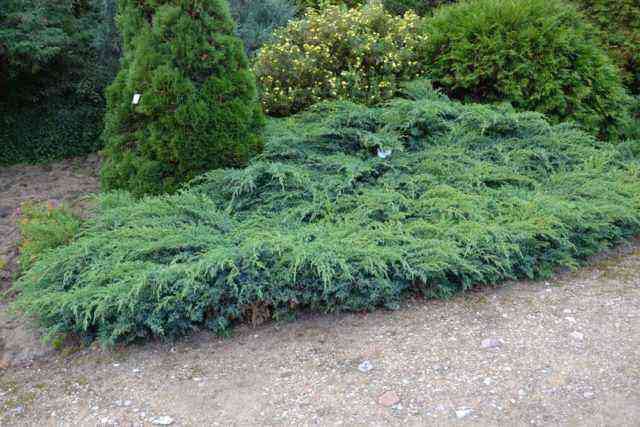There are blooms and blooms. More or less intense, more or less colorful, more or less abundant … But can you imagine a tree with a majestic, abundant, colorful and intense flowering !? The Jupiter tree ( Lagerstroemia indica ) is the answer.
Jupiter tree characteristics and habitat
As always, we start with the scientific name that often hints at origin . In this case, it was not going to be less. The surname “indicates” that its origin could be India? Yes, but also China, Japan … that is, the Asian continent in general.
Today its distribution is worldwide and absolute. This tells us an important thing. Its rusticity in terms of climate and soil is absolute. We would like the garden crops to be as strong as the Jupiter tree.
The gender Lagerstroemia
It is a genus of plants belonging to the Lythraceae family with relatively few species. Although it is estimated that there may be 13o, in reality there are only 23 accepted. The rest are synonymous or simply not classified yet.
All of them are characterized by having a smooth bark trunk and a hard and flexible wood, very workable and therefore appreciated for cabinetmaking and furniture manufacturing. In fact, when wood of this species is sold, it is actually taken from more species of the genus Lagerstroemia . Not just from the Jupiter tree. We will delve further into this matter later.
Is it a large bush? Or a small tree?
Well, there is a division of opinions because the bearing is very mixed and in the end it will depend a lot on the training and maintenance pruning . If you want a tree, you will prune it for that purpose. If you want a bush, ditto.
Naturally, it ends up being a kind of multi-stemmed short tree . This means that the trunk is made up of two or three stems or branches that are born from the ground. It reminds me a bit of the formation of the olive tree in two or three feet. In fact, the olive tree is also a short tree.
It is a deciduous species . It can reach heights of 6-8 meters maximum but it is not usual. The basis of its large flowering is that it is a species that forms a highly branched crown which gives it a large volume of buds per unit of volume.
Morphological characteristics of the Jupiter tree
It is a very attractive tree in all its seasons. Its green leaves typically turn ocher yellow and brown in autumn , making it very attractive. In winter, although it is naked, it is also very interesting because of the color of its smooth bark of a light brown that can sometimes turn towards slightly pink tones. It is a tree that sheds its bark annually. It happens like the plane tree, although in this case it is shed more by scales, revealing many colors.
The inflorescence that is what really matters to us of the Jupiter tree is a panicle of flowers of a very intense pink , very saturated. They can be in other colors such as white or pale pink, very light, but the usual is pink. A panicle is a branching floral structure towards the apex with numerous flowers. The bunch of grapes is the most typical example of a panicle.
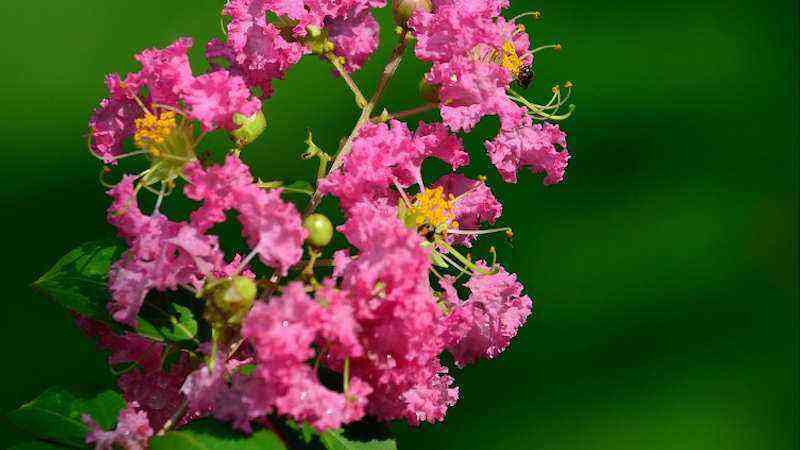
Khoibinh photo
It is slow growth. Its maximum height is not much, it reaches between 20 and 40 years. Although it is not many years, considering the size, it is not exactly fast. This slow growth makes its wood dense, of an extraordinary quality for its application in cabinetmaking. It is highly appreciated for it. It happens a bit like the combat ( Buxus sempervivens ) . Slow growth often implies hard and dense woods.
Let’s talk about your wood. Quality and colors
Consulting wood-database we see the type of wood it is.
It is a slightly rough wood with a golden to reddish-brown color . Like all wood, colors tend to darken with time and light. It has a good natural shine. The grain or grain is usually straight which makes its workability good.
There are specimens that with age get more curly veins and wherever there are knots, the brushing and working of these areas will be harder, as in any wood.
It is considered moderately durable to rot and decay and has a medium resistance to insect attack.
It is easy to work with and does not have a characteristic smell like oak for example. It is used in cabinetmaking, furniture of all kinds and shipbuilding.
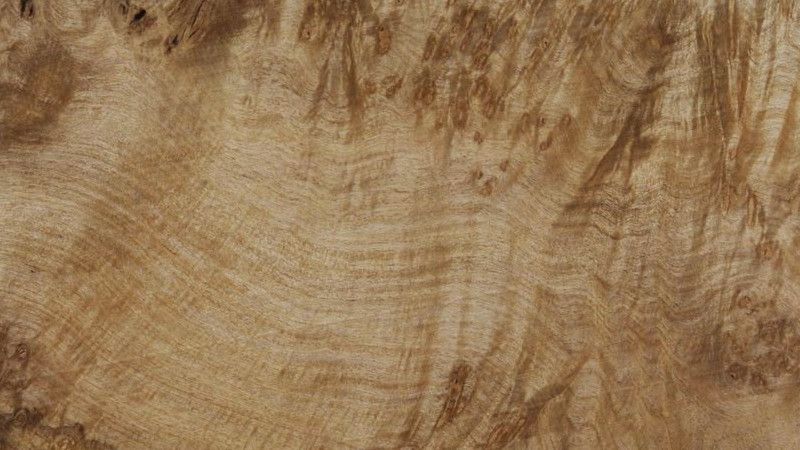
Color and wood grain of the Jupiter Tree
Growing conditions and care of the Jupiter tree
Temperatures and lighting
Once you have seen the map of its distribution we might think that its rusticity is extreme, but in reality not much more than other deciduous trees. It can withstand strong and consistent frosts over time during its winter slumber. It is a tree that can be in a hardiness range 7 or even 6 according to the USDA hardiness scale. This means that it can withstand -15ºC frost during winter.
Needs to direct sun exposure for optimal growth and flowering, but also for a matter of environmental and soil moisture. It is prone to cryptogamic diseases if the environment or soil is very humid, so direct exposure to the sun allows a drier environment than shady areas.
Soil and fertilizer
It has a high tolerance to different types of soil:
- pH : It can be neutral, slightly acidic or basic. It tolerates limestone (basic) soils quite well.
- Texture : It adapts well to loamy soils, or something sandy and deep. Poorly supports clayey and heavy. In fact, it is almost the only soil factor to be careful with. Drain is really important. Excess water in the soil brings with it fungal diseases such as powdery mildew ; the most feared by the Jupiter tree.
On the subscriber you do not have to complicate your life. A contribution of organic material in the form of mulch is usually sufficient. We can also make use of specific fertilizers for flowers, giving it a push just before the most explosive moment.
Irrigation
Since drainage is important and excess water is damaging, we will do a moderate watering . The soil must be allowed to dry out between watering and watering . In winter, depending on the climate, it can be a weekly or biweekly watering and in summer the frequency can be doubled. up to twice a week depending on rainfall and temperatures.
Pruning
Supports pruning well. This is a determining factor together with its flowering and rusticity to become a top 20 ornamental. In the formation pruning we can try to shape it into a tree or shrub according to what we want. The maintenance pruning in late winter favors greater branching, more crown density, more vigorous and more explosive blooms.
Annual pruning in late winter is a must rather than an option.
Annual pruning in late winter is a must rather than an option.
The Jupiter tree also as a bonsai or pot
Let’s go back to summarize the features:
- Slow growth
- High quality wood.
- Supports pruning well.
- It is quite rustic.
- Great beauty for its flowering, deciduous character and its trunk.
If we know a little what the art of bonsai is about, we will quickly realize that the Jupiter tree is ideal for it. We only have one snag. The container for the substrate .
Remember that it is a tree that supports humidity poorly and bonsai containers or pots tend to retain moisture more, especially if they are enameled (we cover the pore of the baked clay and the humidity stays inside).
We will look for a substrate with very good drainage capacity. For bonsai, pomice, perlite mixed with akadama substrate or Kiryuzuna mixtures are common to have aerated, spongy soil with good drainage.
Make sure that the tray or pot has a water outlet on the back so that it does not puddle. This way we will avoid root asphyxia due to excess water and fungal diseases.
The Jupiter tree also needs deep soils, its roots go quite deep and this in a bonsai is not exactly a characteristic. We will have to find a pot as deep as possible within the possibilities although we can force the machine a little. Nothing happens.

